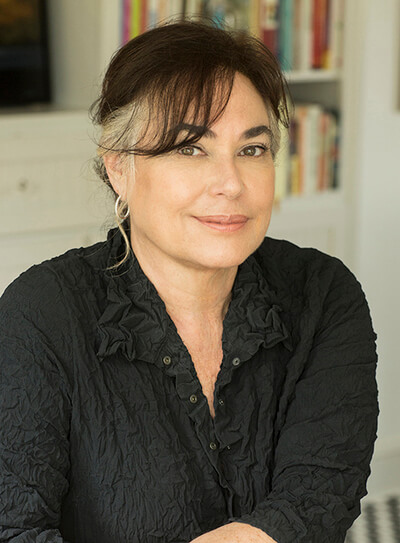The new novel from award-winning author Gregory Blake Smith explores Newport, Rhode Island, through five stories spanning three centuries. From a tennis pro in 2011 to Henry James as a budding writer, the novel connects lives and loves in an emotional, moving epic that presents a truly unique portrait of America. In a Behind the Book feature, Smith introduces a few of his characters: closeted gay man Franklin Drexel, tennis player Sandy Alison and his love interest, Alice du Pont—plus a few more.
I fell in love with Newport, Rhode Island, as a young man when I was teaching myself how to make 18th-century furniture. Newport, with its fabulous Goddard-Townsend cabinetmakers, was like a mecca to me. Only years later did I get the idea of setting a novel there. It’s a city whose remarkable history is preserved in its streets and buildings. It almost seems like you can hear the boot heels of the past on its cobblestones, or spy the ghost of a Quaker peering out the tiny window of a half-cape, or see in the harbor the masts of ships, or dream of life in one of the fabulous Gilded Age “cottages” on Bellevue Avenue. Building my own cottage, Windermere (with the brick and mortar of my imagination: all 28 rooms!), and peopling Newport with three centuries of characters has been the greatest pleasure of my writing life.
So about those characters. Readers seem to wonder to what degree they’re based on historical people. While there are a couple of historical characters—my bon vivant conniver Franklin Drexel is very loosely based on Harry Lehr (called “King Lehr” for the way he ruled over Newport society)—most of the characters in The Maze at Windermere are the inventions of a novelist’s imagination. Where they come from is as much a mystery to me as it is to readers. But just as an illustration, here’s how my 21st-century heroine got herself born.
I had just returned from Newport, where the idea for the novel had first bloomed in me, and I was wandering in a kind of creative delirium through the Boston Public Gardens, dreaming of the novel-to-be, when I happened to see a young woman with cerebral palsy walking near the swan boats. I only saw her for a short time, but in those few seconds, the character of Alice du Pont came alive in my head. I saw her in all her tragic beauty: the encumbrance of her disability, and yet the fierceness with which she lives her life, her wit, her daring, her moral courage. OK, no doubt that’s not literally true—the complete character must have come later in the writing of Alice—but that moment, the sight of that young woman walking with her strained yet beautiful grace set in motion the story of Sandy and Alice.
And what about Sandy? For all his good looks and easygoing charm, there’s a kind of emotional blindness to him, isn’t there? A limitation to his moral sight that requires the reader to constantly re-evaluate him, especially in regard to what degree he is responsible for what happens to Alice. When he kisses her in that scene in the library at Windermere, is he succumbing to the duplicitous motives that lie at the heart of so many of the other characters in the novel? Or is it a moment when he begins to reach beyond conventional ideas of female beauty, of personal worth, and begins to grow both morally and emotionally?
In each of the novel’s eras, the reader is confronted with similar questions of culpability: Is Franklin Drexel’s scheme to marry a rich woman he can never love excusable because he lives in a world that has no place for him as a gay man? Should the young Henry James have seen sooner that his attentions to Alice Taylor might be misinterpreted? And is even the despicable Major Ballard redeemed by his beginning to love the young woman he had only meant to seduce? None of these questions are simply answered, but the reader’s mission—should she choose to accept it!—is to note the ways in which the different stories parallel or mirror or invert one another, and in doing so, to marvel at the infinite capacities—and the duplicities—of the human heart.
Author photo by Laura Goering



























